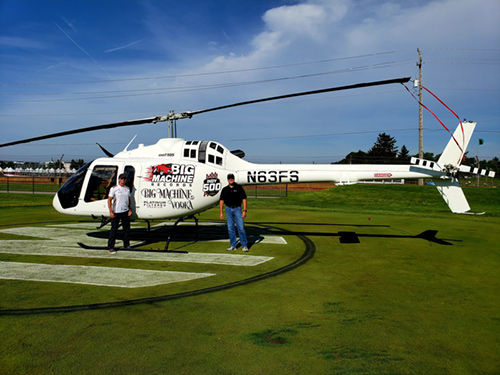AMSTAT Business Jet & Turbo‐Prop Resale Market Report and Aircraft Values Report – Q2 2019.
Summary
Overall, resale retail transaction activity during the first half of 2019 underperformed the same period in 2018. 4.0% of the Business Jet fleet and 3.5% of the Turbo‐Prop fleet turned over during this period versus 4.9% and 4% during the first half of 2018. Further, the overall inventory of aircraft, expressed as a percentage of the active fleet, has increased over the last 12 months. Today, 9.4% of the Business Jet fleet is for sale, up from 9.1% a year ago. The inventory of Turbo‐Props is also up from 7.2% in July 2018 to 7.5% today.
Resale Retail Transactions by Age Segments
In the Heavy Jets, Resale Retail Transaction activity (as a percentage of active fleet) in all age segments underperformed in the first half of 2019 versus the same period in 2018. The greatest year‐over‐year slowing was in the Mid‐Age (11‐20 years) segment, where 6.1% of the fleet sold in the first six months of 2018 versus 4.0% in the first half of 2019. By contrast the Newer segment (<=10 years) saw first half performance slow from 3.7% of the fleet selling in January through June 2018 to 2.9% for the same period in 2019.
As with the Heavy Jets, all Medium Jet age segments saw a lower percentage of the fleet transacting in the first half of 2019 as compared to the same in 2018. The greatest slow down was in the Newer age segment, where 3.6% of the fleet sold in the first half of 2018 versus 2.3% during the same period in 2019.
At the Lighter end of the Jet market, the Newer segment fared better than its newer larger sized compatriots. 4% of the Newer segment turned over between January and June of 2019 essentially flat versus 4.1% for the same in 2018.
In the Turbo‐Prop market the Older and Mid‐Age segments under performed in the first six months of 2019 versus the same in 2018. By contrast the Newer segment saw 3.5% of the fleet turn over between January and June. This was even with performance in the same period in 2018.
 The Flight Solutions Team enjoyed our annual trip the INDY 500 this year in our brand new Bell 505 “Jet Ranger X” helicopter. This is the latest model from Bell Textron and was designed to replace Bell’s hugely successful “Jet Ranger 206” model that first came into service in the 1960’s. The new Bell 505 Jet Ranger X is a vastly different machine than the iconic Bell 206 Jet Ranger. Completely redesigned with state of the art avionics and “CAS” system, much more power delivered via the dual FADEC system and borrowing from the proven Long Ranger L4 rotor and drive system. The 505X is a wonderful combination of proven technology with modern enhancements. As and experienced operator of helicopters we have to say Bell has met if not exceeded our expectations!
The Flight Solutions Team enjoyed our annual trip the INDY 500 this year in our brand new Bell 505 “Jet Ranger X” helicopter. This is the latest model from Bell Textron and was designed to replace Bell’s hugely successful “Jet Ranger 206” model that first came into service in the 1960’s. The new Bell 505 Jet Ranger X is a vastly different machine than the iconic Bell 206 Jet Ranger. Completely redesigned with state of the art avionics and “CAS” system, much more power delivered via the dual FADEC system and borrowing from the proven Long Ranger L4 rotor and drive system. The 505X is a wonderful combination of proven technology with modern enhancements. As and experienced operator of helicopters we have to say Bell has met if not exceeded our expectations!